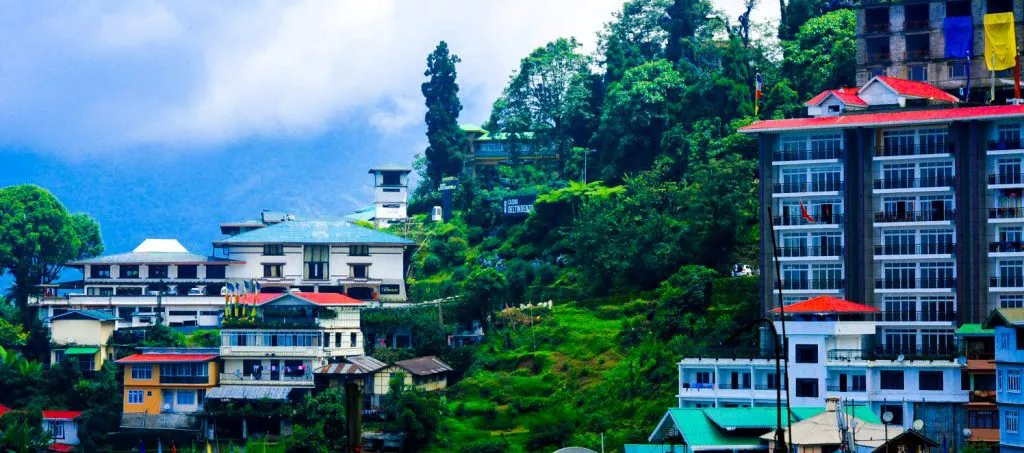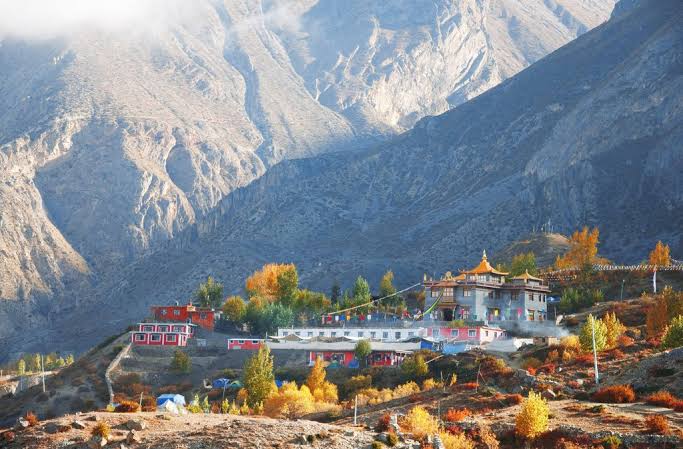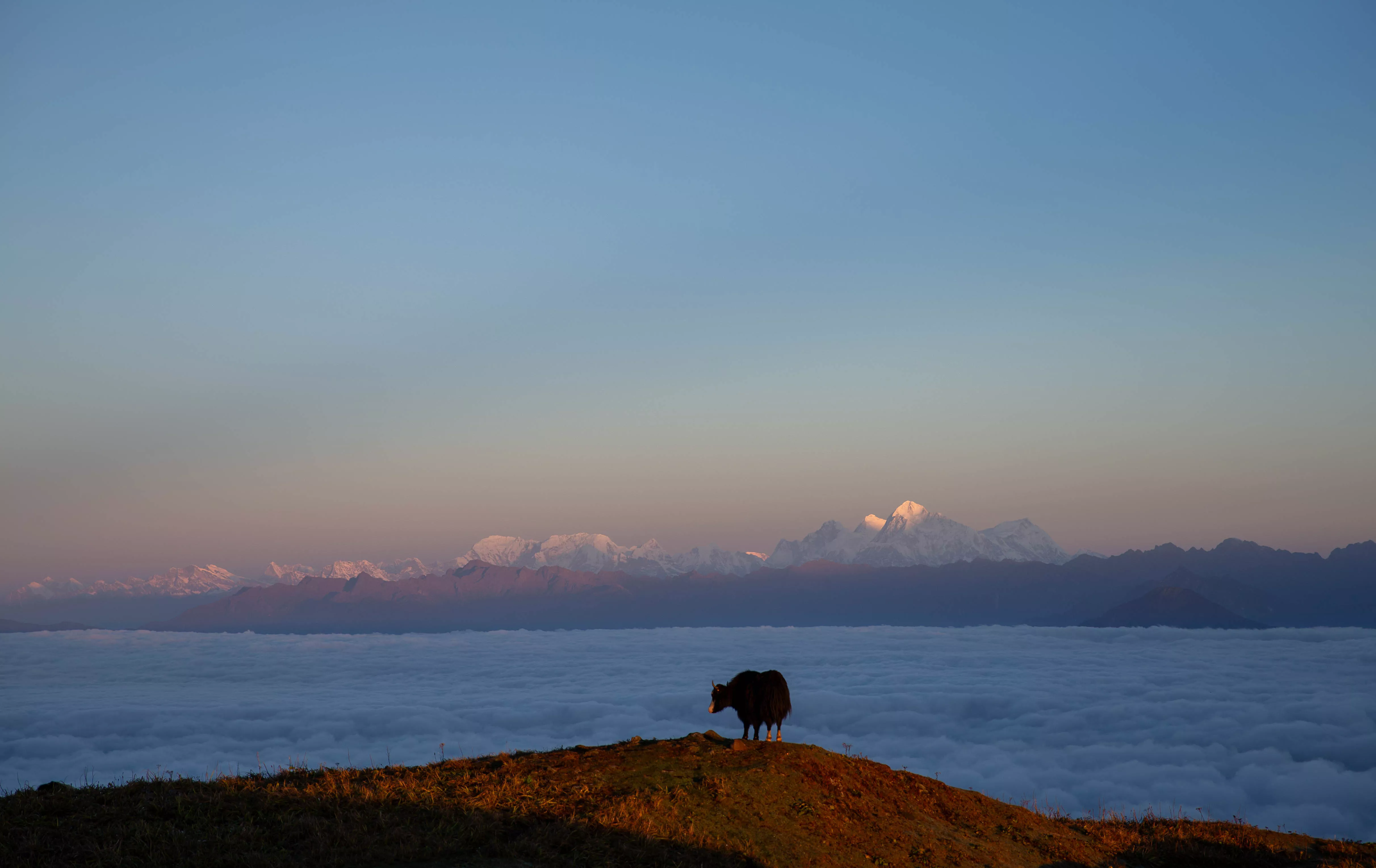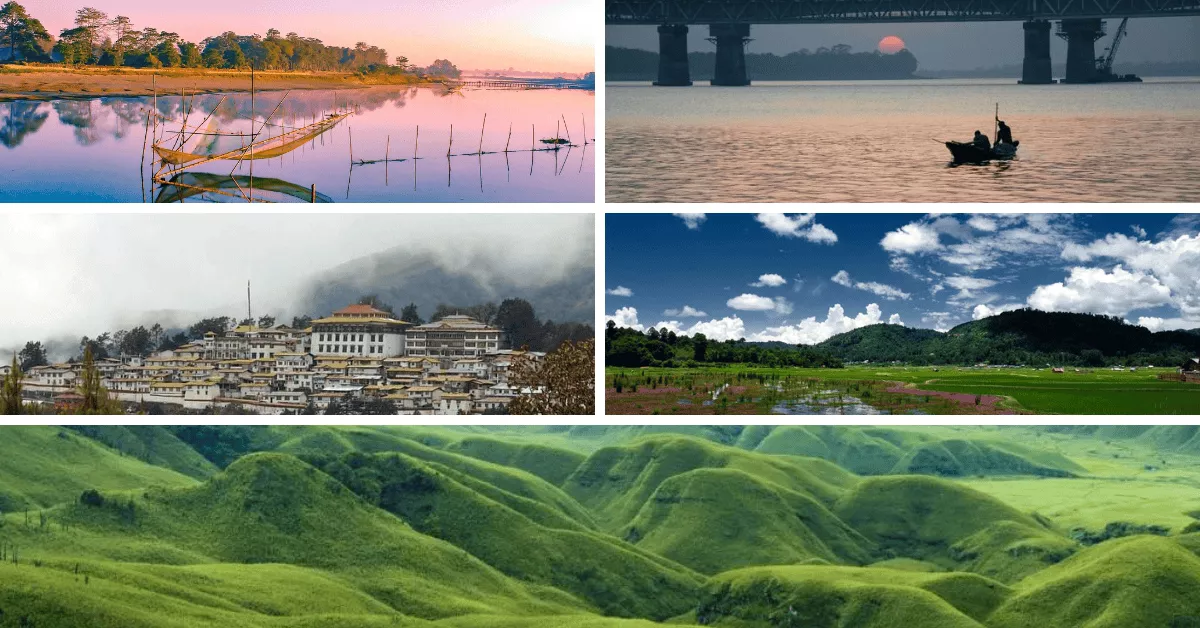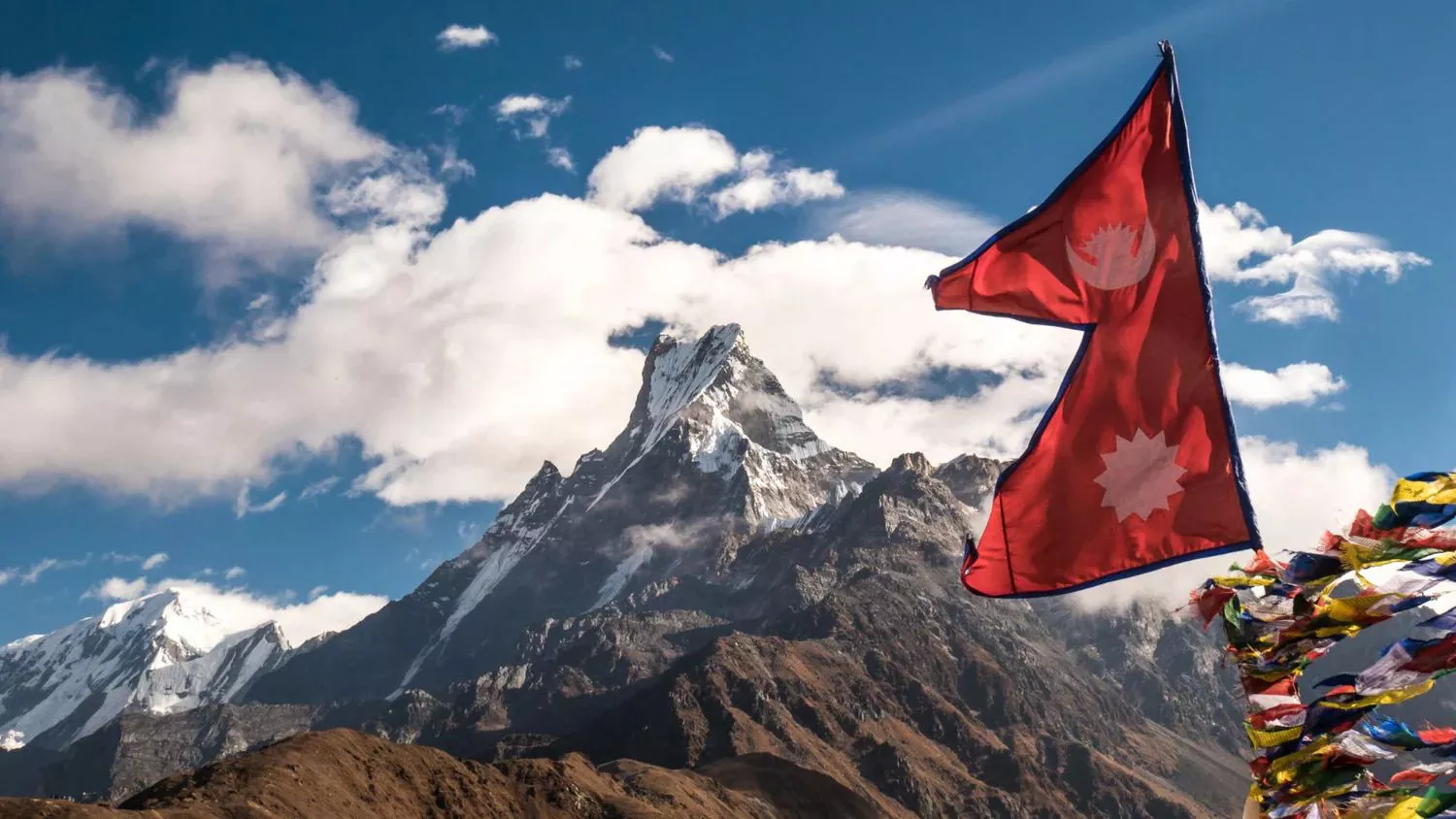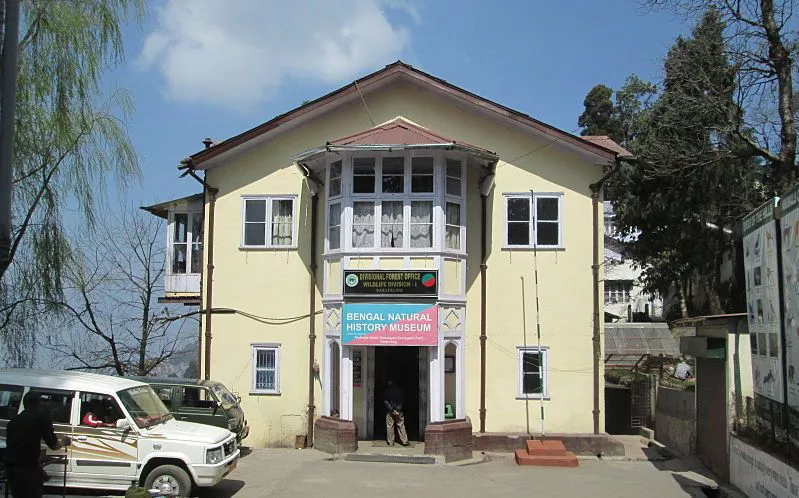
The Bengal Natural History Museum of Darjeeling is one of the oldest museums which was established in the year of 1903. The main idea of building the Bengal Natural History Museum is to give information to both the locals and the visitors about the birds and butterflies of the hilly regions.
In the year of 1915, a new building was built so that the students could visit the place to study the fauna of the hills. It is one of the best opportunities for students who are interested in the topic to learn more about the fauna of the hills.
In the year of 1923, the Bengal Natural History Museum was formed for the management of the museum. In the year of 2015, the West Bengal Zoo Authority was incorporated to allow for better upkeep and maintenance.
The Bengal Natural History Museum displays one of the finest collections of natural artefacts and fossils; they also have anatomical parts of several species of birds, mammals, fish, insects, and reptiles along with huge collections of bones, skins, antlers, etc.
There are more than 400 bird species along with 110 species of eggs, 57 species of fish, and 35 species of snakes in the museum. There is also a Botanical Garden in the Bengal Natural History Museum which displays the butterflies and birds of this hilly region. You will find such beauties as the Himalayan brown wood owl, northern spotted owlet, myna, nightjar, thrush, warbler, flycatcher, kingfisher, snipe, woodpecker, swift, pheasants, flycatchers, water bird, barbet, hornbill, cuckoo, niltava northern brown fish owl, and even some large birds of prey housed here.
There are some valuable books in the small library of the Bengal Natural History Museum.
Additional Info:
From Darjeeling town, the Bengal Natural History Museum is just 1 km away and is just below Chawrasta on the backside of Gorkha Rangamancha Bhawan which is also known as Bhanu Bhawan.
You can visit the museum throughout the year; however, it is closed during national holidays.
The museum opens from 9:00 am and closes at 5:00 pm.
Also read:
7 interesting places you might not find in your usual Darjeeling itinerary

